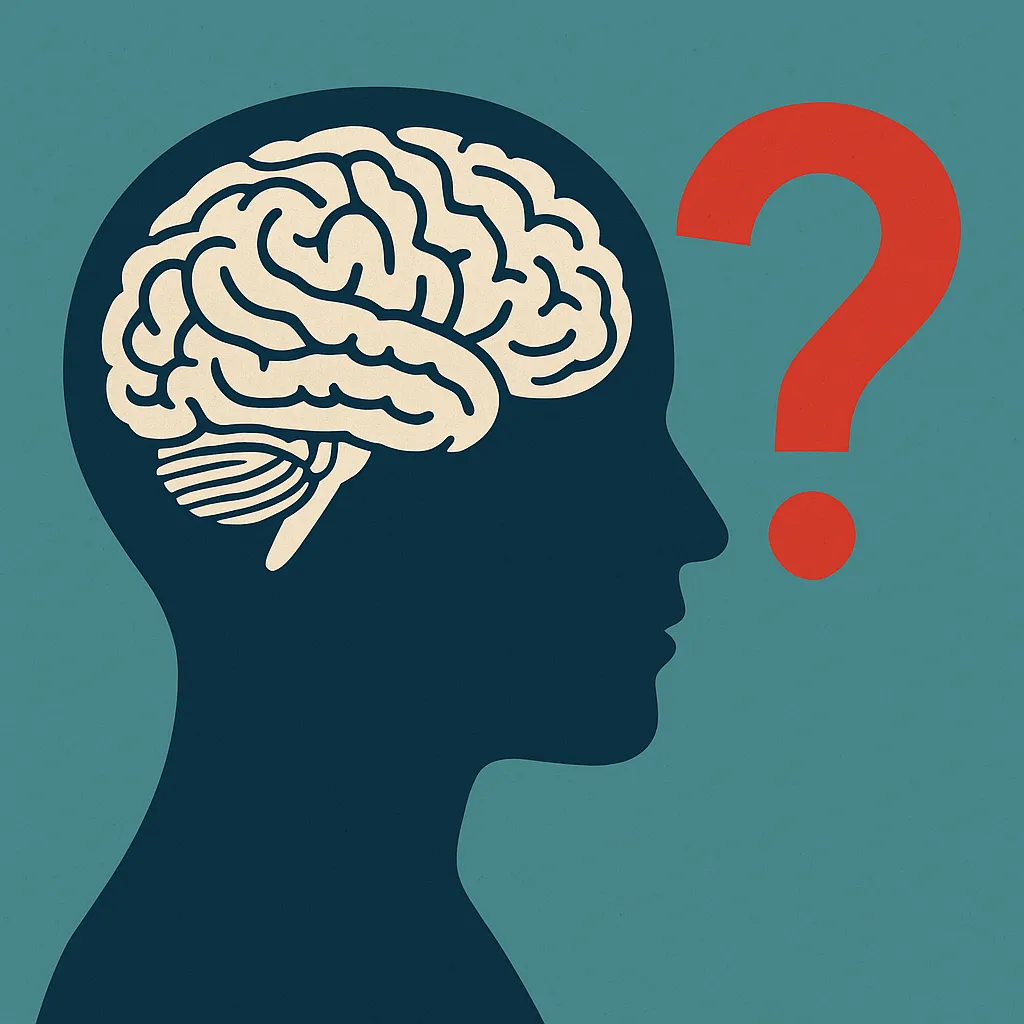When Brain “Rigidity” Isn’t the Problem

Another study, another effort to tweak autistic brains until they seem more “flexible.”
This time, it’s a new piece in Psychology Today summarizing research on TMS — transcranial magnetic stimulation — as a possible “therapy” for autism. The study in question suggests that autistic people have “rigid” brain networks that might benefit from targeted stimulation. The idea is to promote neuroplasticity and shift autistic responses to better align with social and behavioral norms.
But What Counts as “Rigidity”?
It’s worth asking: How much of this supposed rigidity is a true impairment, and how much is simply difference? Autistic patterns of processing — consistency, focus, sensitivity — are often pathologized in these studies without considering their function or value. What gets measured is deviation from the norm. And what gets labeled as “improvement” often just means “acts more neurotypical.”
This study doesn't claim to cure autism. But it still positions autistic traits as targets for correction — not qualities to understand. That framing matters. Especially when those of us who live with these traits weren’t consulted in the design or interpretation of the research.
Where’s the Input from Autistic People?
Like so many studies before it, this one appears to lack any direct involvement from autistic co-authors or advisors. There’s no evidence that participants were asked what they wanted out of the treatment, or how it made them feel. There’s no qualitative feedback at all. Just neuroimaging data and standard behavioral assessments, used to determine how far someone has moved toward the neurotypical ideal.
That’s not inherently unethical. But it is incomplete. And when researchers define goals without input from the people affected, they risk reinforcing old narratives — even when they think they’re doing something new.
A More Flexible Research Paradigm
Here’s a twist: maybe it’s the research that needs more flexibility. Maybe instead of treating autistic cognition as rigid, we should explore the adaptability that already exists within our communities — and ask how systems can flex to meet us, too.
Science doesn’t have to erase difference. It can highlight it, make space for it, and work to reduce harm without demanding conformity. That requires humility, collaboration, and a willingness to let autistic people set the terms for what “help” looks like.
If your study is about our brains, our minds and our lives — then bring us in. We’re not here to sabotage your science. We’re here to make it better.
Dr. Brenner’s curiosity and thoughtful tone stand out in a research landscape that often defaults to urgency over nuance. But there’s room to go further. The real opportunity lies not only in exploring what tools like TMS can do, but in rethinking who defines improvement — and why. What might shift if autistic people weren’t just participants, but co-authors of the questions and outcomes? That step — from interpretation to inclusion — is where research begins to serve the people it studies.